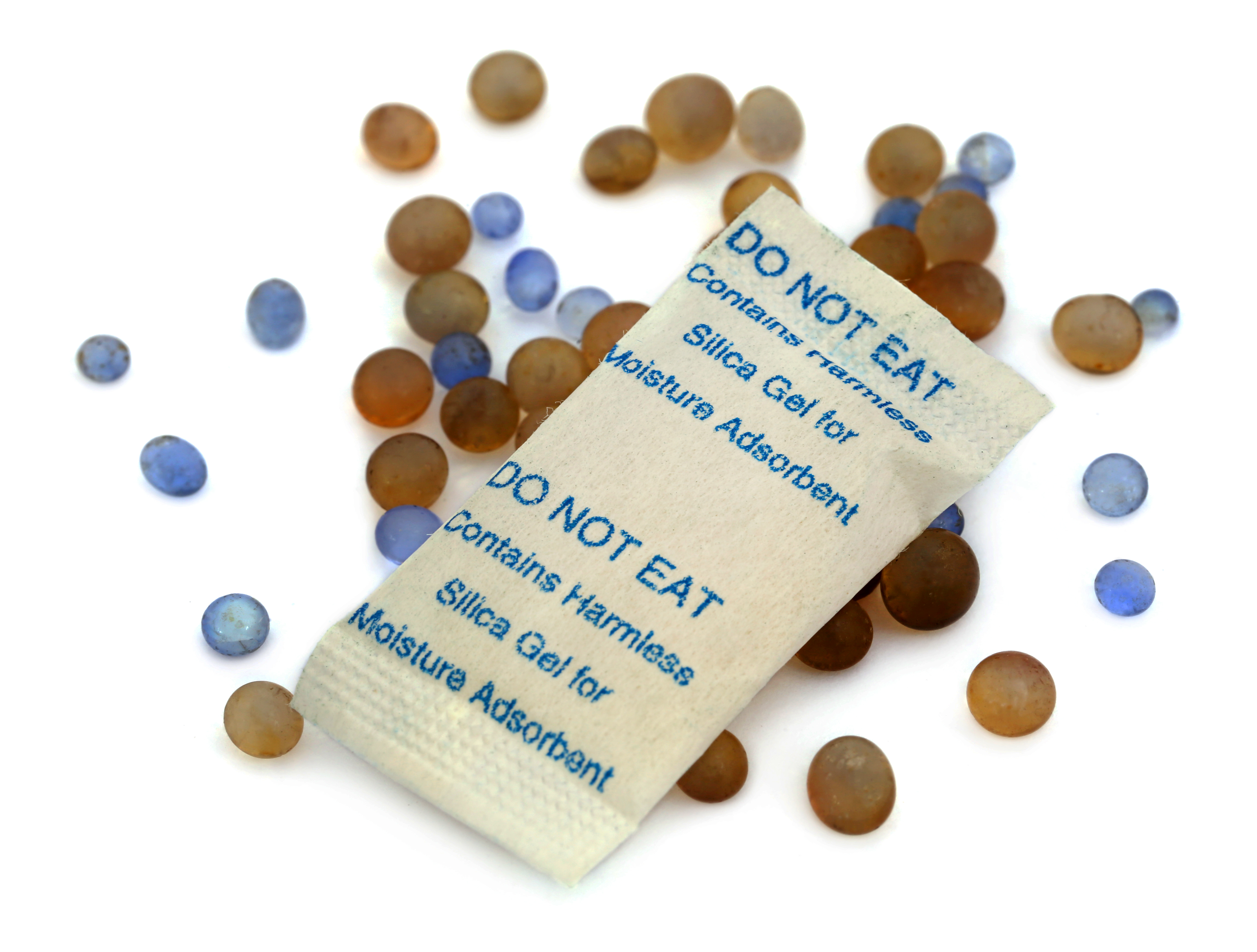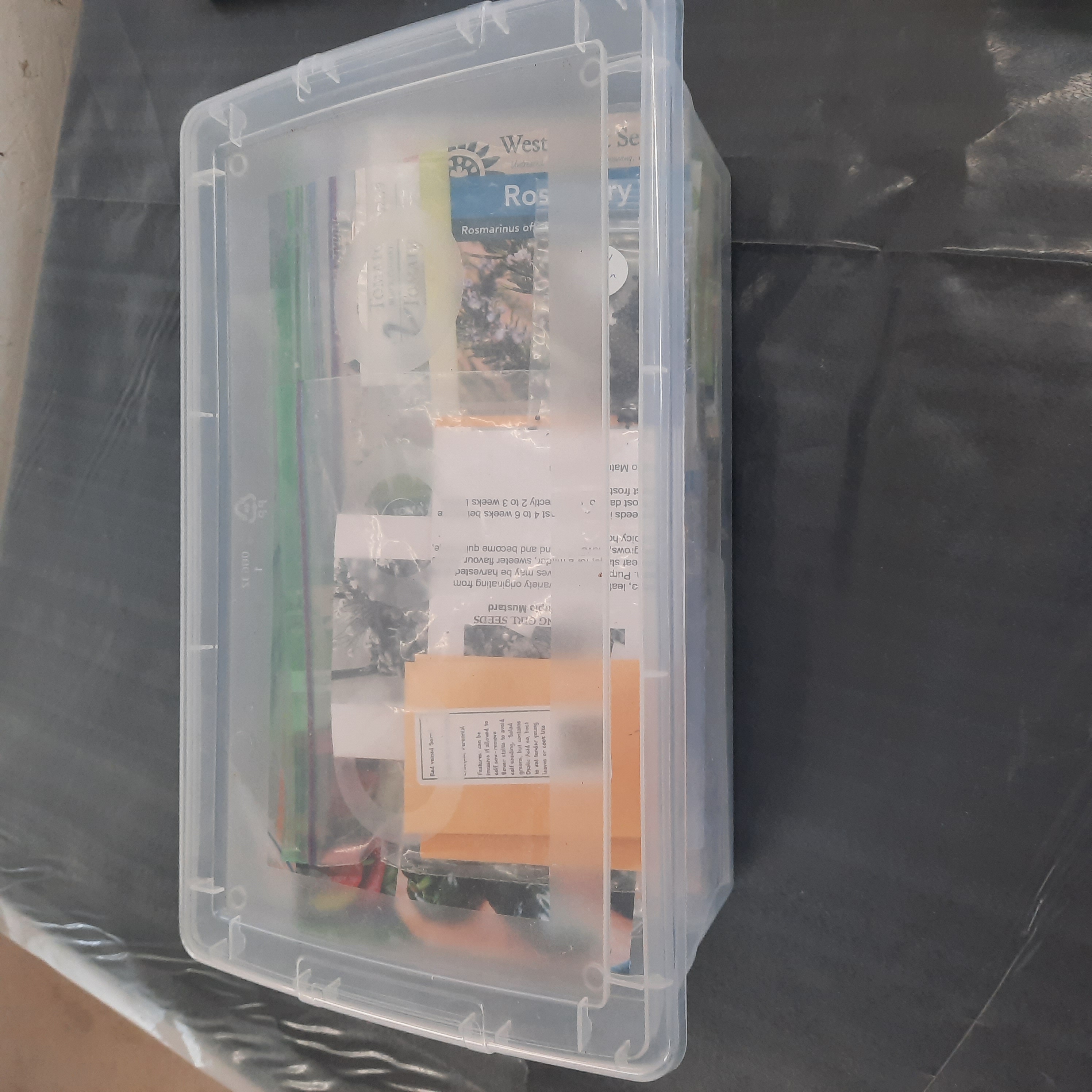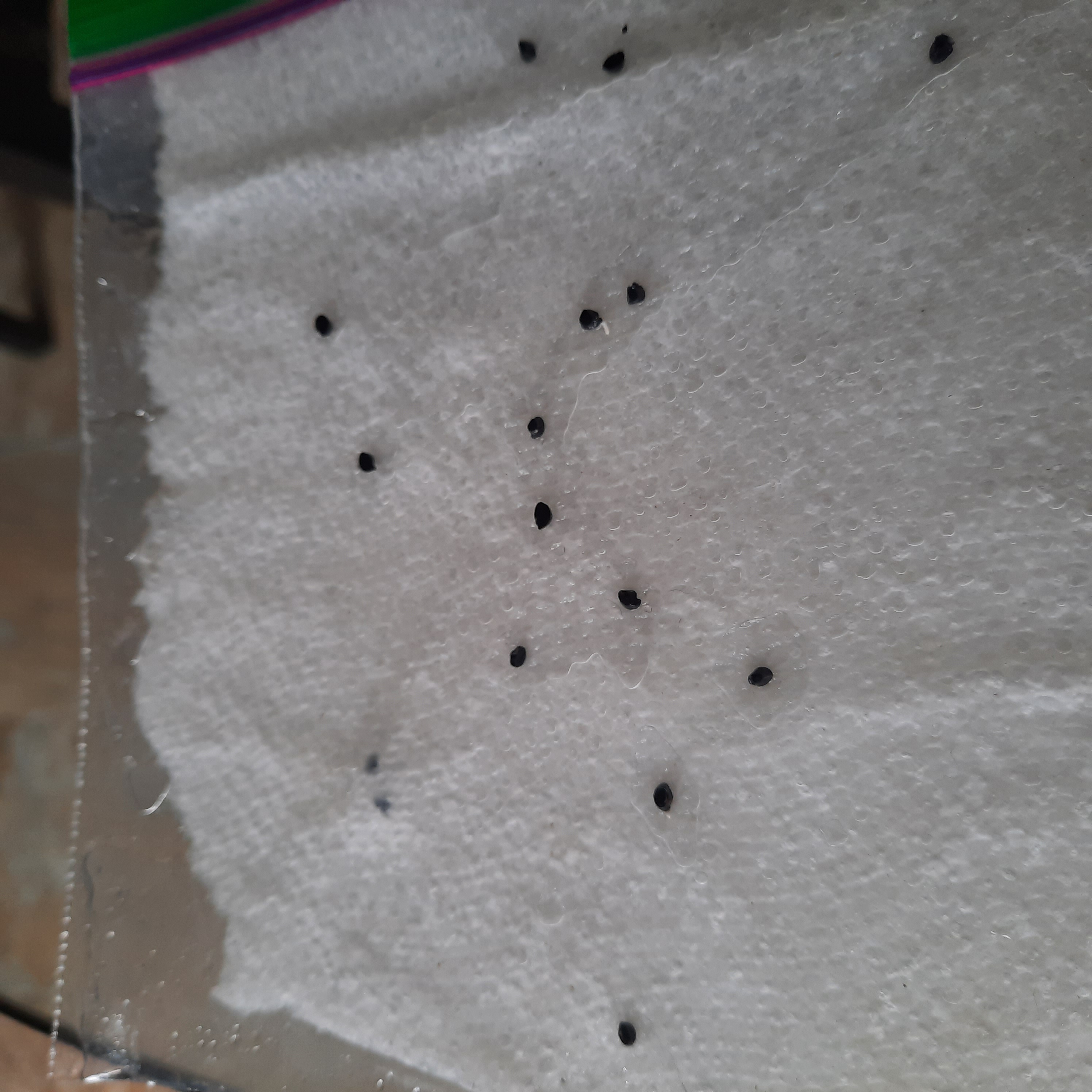After you’ve stocked up on seeds for the growing season and started most of your plants, often you’ll end up with several partial packets of seeds left over. How should you store leftover seeds so they last as long as possible? And how long do seeds last, anyways? Many of us gardeners like to hoard seeds in our seed collection for years, but without proper storage techniques the shelf life of those seeds dramatically decreases.
In this article, we’ll delve into tips and tricks to store your seeds properly so they last as long as possible.
Seed storage containers and organization
If your seeds came in packets from the seed company, it’s best to keep them in their packets as they usually contain a wealth of information that you can refer back to the next time you want to grow those seeds. It’s helpful to use a paperclip or alligator clip to hold seed packets shut as it’s easy for small seeds to escape and get mixed up if the packet is just folded shut. Most seed packets have a ‘Packed On’ or ‘Sell By’ date on them that can give you an indication of how old the seeds are, but if you don’t see this information be sure to label the packet with the year that you purchased the seeds.
Seed storage containers can be as simple or complicated; as inexpensive or expensive as you choose. The main goal with the storage container is to keep humidity away from your seed packets as much as possible. Seed packets can be kept in well-sealed plastic baggies, glass jars, or plastic containers with tight-fitting lids. You can optionally add silica desiccant inside the containers with your seed packets to help draw out residual humidity.
Handy tip- you can reuse silica desiccant- either that you purchased or even the little packs that come with shoes and other things you buy- by drying it in the microwave or oven! Look for detailed step-by-step instructions online (and be careful to only put safe materials in the microwave or oven!)

There are some question marks on the effectiveness of vacuum sealing seeds, but if you choose to go this route it is best to use both a desiccant and oxygen absorber in the bag (/container). Seeds that have been vacuum sealed should still be stored in a cool, dark place.
No matter where you store seeds, they must be absolutely dry before storing in containers. If there is excess moisture in your seeds for any reason (e.g., if you are saving your own seeds, or if your seeds got wet during planting), they could easily turn moldy inside the containers.
There are a few different ways you can organize your seeds within their containers. You can organize seeds by the year they were purchased (or the Sell By dates), so it’s easy to find older seeds to use up first. You could also organize seeds into categories- e.g., leafy greens, herbs, flowers. If you have a large seed collection it might make sense to group seed packets by plant (e.g., tomatoes, lettuce, etc.) so it’s easy to see all the different varieties you have of each.
Personally, I like to use small plastic tubs with tight-fitting lids to store my seeds. I use plastic baggies inside (with the air squeezed out) to group the seed packets for different categories of plants. Some gardeners really like using clear plastic photo organizers to protect their seed packets and organize them into logical groupings.

Where should I store seeds?
Ideally you’ll want to store seeds in a location that is cool- between 32-40°F (0-5°C), dry- less than 60% relative humidity, and dark. There are a few places that people often consider for storing seeds:
Should I store seeds in the basement or in the garage?
While basements, sheds, and garages can sometimes be cool-ish and dark, they can also have high humidity levels. Many sheds and garages will get surprisingly hot in the summer- and even basements are not really cool enough for optimal seed storage. Besides that, you definitely do not want to store your precious seeds anywhere that rodents or other critters could access. Although not ideal, storing seeds in the basement is likely the better option of the three provided you store your seeds in airtight containers (preferably with desiccant) to help protect them from excess humidity.
Should I store seeds in the refrigerator?
The fridge is an ideal place to store seeds temperature-and-light-wise, although fridges do tend to have higher-than-ideal humidity levels for seed storage (around 65%- above the 60% guideline). If you keep the humidity away from your seeds with airtight containers- and optionally with desiccant- the fridge is a good place for long-term seed storage…assuming you have fridge space to spare! Keep the seed storage containers at the back of the fridge or in a drawer that stays consistently cool (i.e., not near the doors). If you happen to have a mini fridge you could store your seeds there- it may be opened less often and may not be as full as your kitchen fridge. When you take your seed containers out of the fridge be sure to let them come up to room temperature before opening them to keep condensation away from your seed packets.
Should I store seeds in the freezer?
Information is mixed on whether it’s a good idea to store seeds in the freezer. Unfortunately our home freezers do not always have the ideal storage conditions for seeds. Typical home freezer temperatures may be too cold for some types of seeds to be stored. Also, because home freezers are regularly opened, this can lead to freeze-thaw-freeze cycles that can reduce the longevity of seeds. Any power outages can also easily let your seeds thaw out. In general it’s better to keep seeds in the fridge if possible. If you do choose to store seeds in the freezer, be sure they are completely dry, seal them in airtight containers, then choose a location where they are more likely to stay frozen. When you take your seed containers out of the freezer be sure to let them come up to room temperature before opening them to keep condensation away from your seed packets.
How long do seeds keep?
How long seeds keep varies widely based on a number of factors including the source, how they were stored, and the plant itself. The seeds of some plants, such as parsnips and onions, are known to be short-lived even under ideal storage conditions and it’s generally recommended to start with fresh seed each year. Tomato or cucumber seeds on the other hand can potentially last for several years if stored properly. Even reputable sources have different estimates for how long the seeds of certain plants will keep; there’s not a hard-and-fast rule for every plant. Typically, germination rates of stored seeds will gradually decline until at some point they hit near-zero. Sometimes stored seed will still germinate but the resulting plant may not be as vigorous. If you’re willing to deal with slower and more sporadic germination you can continue to use seeds that are quite old.
It’s better to start old seeds in smaller-size trays, so as not to waste too much space for seeds that might not germinate (provided they are seeds that can be started indoors). You can always pot up the seeds that do manage to germinate. Plant more seeds than you need to account for the reduced germination rate of old seeds. Or, if you’d like to know what to expect before you sow old seeds, you can test their germination rate before planting.
How to test seed germination rates
To test the germination rate of seeds, place at least 20 seeds separated from each other between two layers of moist paper towel then place in a plastic baggie and seal it shut. Make sure the baggie is kept at the usual temperature for starting those seeds- for many seeds room temperature should be OK. After a couple days, start checking the seeds regularly to see how many have germinated. You’ll see a little white root starting to poke out of the seed coat.

At the end of the typical germination period for those seeds (usually indicated on the seed packet) count how many have germinated and divide this by the total number of seeds in the baggie. Compare this germination % with the expected germination rate for that seed- germination rates are not usually 100% even for fresh seed! Either find germination rate information on the seed packet, or do a quick web search to find usual germination rates for that variety. If your germination rate is far below what it should normally be for fresh seed you can either choose to discard the seed or take steps to minimize the impact of poor germination.
You may be able to carefully plant the test seeds that have germinated in some seed starting mix, depending on the timing. If you’re running a germination test far too early or too late in your season for that particular plant it may not be worthwhile.
By storing your seeds with care, you’ll maximize their longevity and get the best return on your seed purchasing investment! With careful storage you may be able to get several years of reasonable viability from many of your seeds- so you won’t have to purchase as many new seeds next year. (Or at least if you do it’s to try fun new varieties- not just to replace old seed!)
